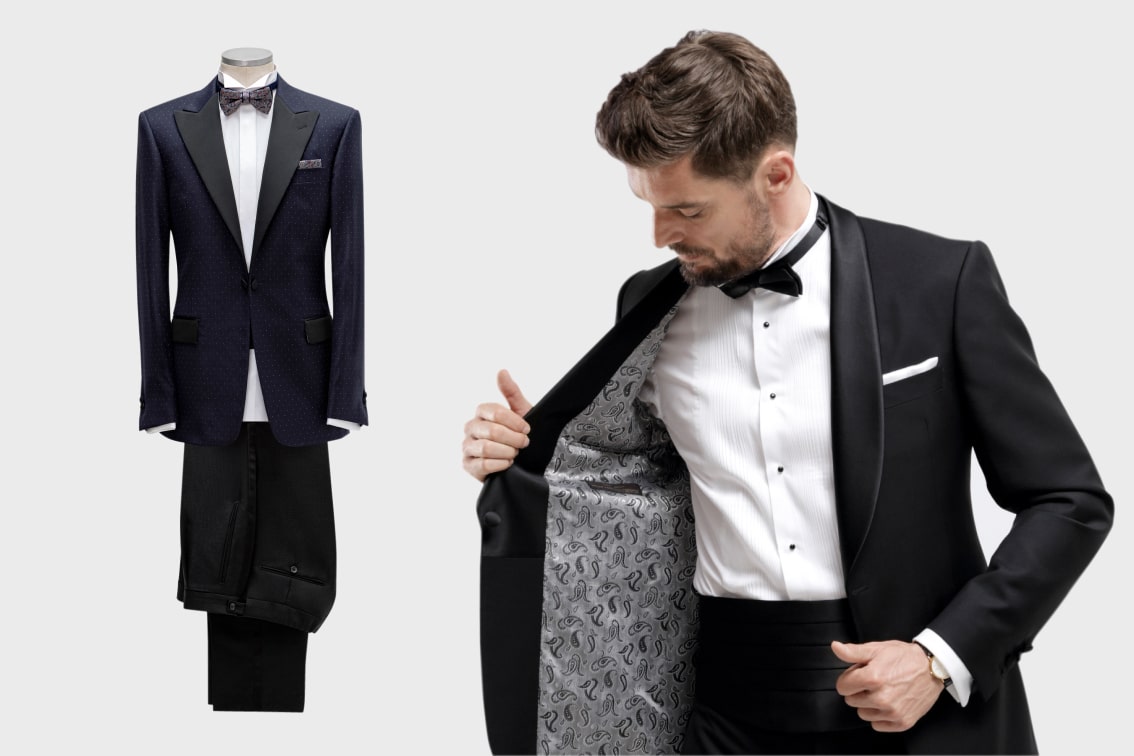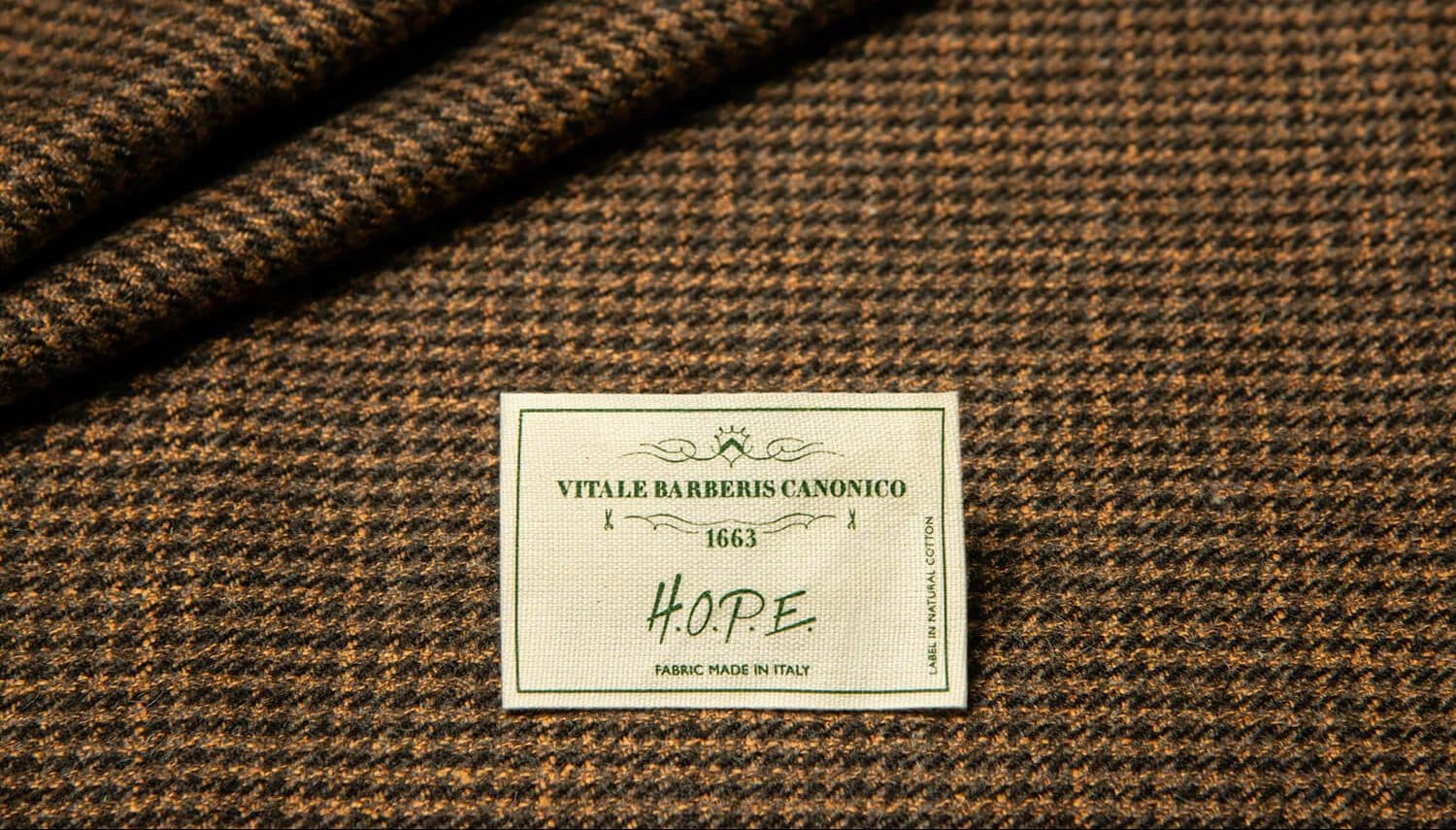Brightening up the reception of the New Year comes from ancient times and faraway places. Where does this tradition of dressing up for the occasion come from?
In time it goes back thousands of years, in space we can trace traditions back to Rome, but even further back in time. Before sequins and glitter, it is in pagan tradition that we find the oldest manifestations of glamour on this special occasion and it is believed that the oldest comes from old Scotland, from the celebration of the last day of the year, Hogmanay, and the welcoming of a new period that is hoped to be prosperous and with good harvests.
Dressed in animal skins, people ran and danced around bonfires wielding torches to purify the place where they lived. Dressed in skins that could be a form of mask or just a symbol that this was a special day of general revelry and new beginnings.
If this was the case in Scotland, things were somewhat similar in Rome to what we still practise today. In 742 AD, St Boniface, a missionary from England, visited Rome and came across a public feast with tables laden with food and drink and people singing and dancing in pure celebration. And, just as we still celebrate Mardi Gras in Mississippi today, the women carried necklaces of amulets with them, which they auctioned off to the highest bidder and thus pleased their gods.
For their part, the Babylonians considered New Year’s Eve to be a leap from Chaos to Order, and they too wore the most luxurious, glittering and richest things in their wardrobes, because this moment of welcoming the New Order deserved nothing less.
If we take a giant leap back in time, we’ll see our appetite for counting down the final days of the year that is ending and reserving this special time of year to feel as special as we can, wearing the best, most sparkling and elegant clothes our wardrobe has to offer, ready for joy, for the full manifestation of who we are, surrounded by dance, music and hope for better and good days in the year to come.
From the reserved family atmosphere and reflection on the year that was ending at the beginning of the 19th century, the New Year’s Eve celebration took on an atmosphere of revelry and noise never seen before on Broadway in 1916. Church bells, factory whistles, ferryboats and all kinds of ships echoed simultaneously as time turned to the New Year, something never shown before and which marked future celebrations.
Glamour and boundless joy, naked of pride and prejudice, are the new ritual elected for the Order, so new that it is traditional to debut a new item of clothing on the first day of the year or even fulfil a wish, a vow or give up an addiction.
New Year’s Eve has become a real catwalk, driven by women but soon to be followed by men on this journey from fur to pearls and glitter.
This year, once again, the great festival of joy and fire, everyone’s Hogmanay with the world, is once again jeopardised by a virus that insists on preventing us from being who we are with each other, but our proposal is that we don’t make it easy or give in to the enemy.
Let’s make our own home the bonfire ground, let’s take a spark of light and a glass of something that bubbles and awakens our sense of smell, dressed in glamour, with something we don’t wear in our daily working, social or leisure lives, something that really makes us feel that we are a being that loves, thinks, creates and desires, and each one is one.
Come in a dinner jacket or the best suit in the wardrobe and a shirt for special occasions. It’s bow tie day, tie day or scarf day, but let it shine like the wearer, the cufflink or grandad’s tie pin.
Put your best foot forward, be your best, wish for your best and do your best Hogmanay. And if suMisura can make a contribution, use our contact details and we’ll be delighted to be with you in the form of a piece to wear on New Year’s Eve.

